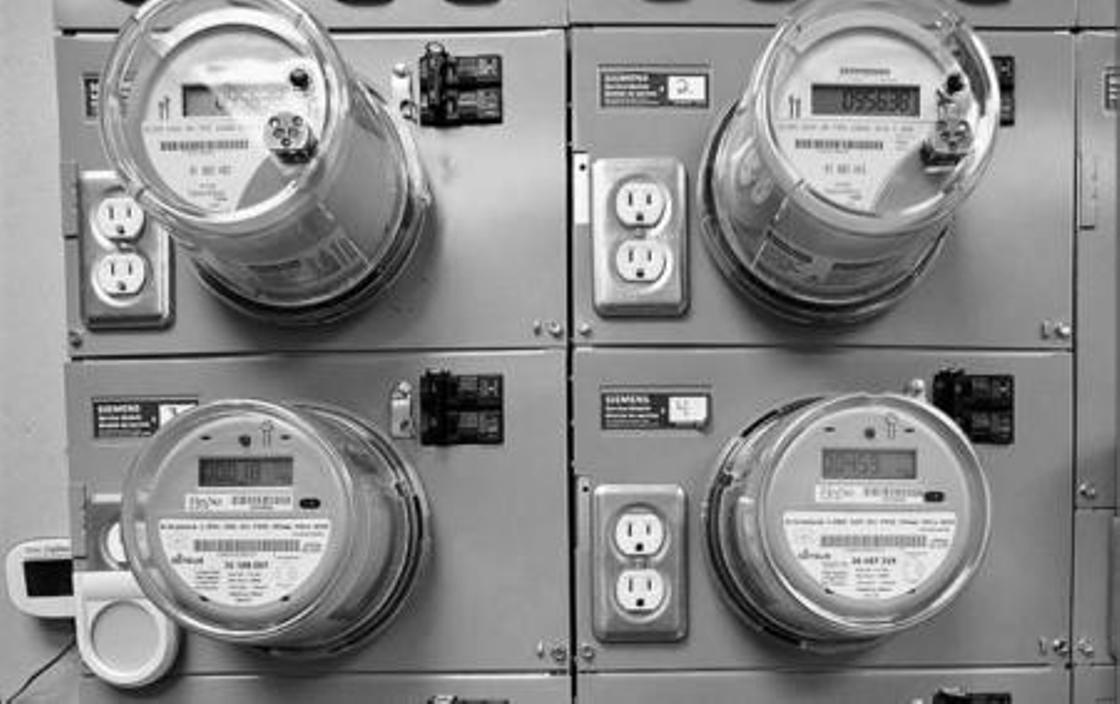TORONTO – The province’s smart meter program was supposed to be a win-win-win for consumers, the government and the environment. Instead, according to Ontario’s Auditor General, smart meters cost twice as much to install than estimated and haven’t really changed the way people in Ontario use electricity.

There were 4.8 million smart meters in the province in May, 2014, which would help consumers change the habits to cut down on energy-usage. The hope was people would wait until the evening to run the dishwasher or put on a load a laundry when the strain on the electricity grid is at its lowest.
But it hasn’t really worked out that way. The auditor says consumers complained of higher bills despite staying up late to move laundry from washer to dryer. Bonnie Lysyk points her finger directly at poor planning by the Liberal government as the reason why.
READ MORE: Ontarians paying billions extra for electricity, auditor general finds
Instead of the budgeted $1 billion to install the meters, the true cost is $1.9 billion and still climbing. Worse, the government never did a basic cost-benefit analysis of the meters themselves, and then jacked up the price of electricity by signing guaranteed deals with producers of renewable power. Instead of seeing prices come down by being smart about when the lights were on, consumers saw an across the board hike that negated any savings.
By kicking over the Smart Meter rock, the AG has exposed the worms at the heart of Ontario’s disastrous energy policy. While proclaiming conservation, the Liberals signing deals for more and more production. Now Ontario sells excess power to other jurisdictions at a loss, calculated to be $2.6 billion between 2006 and 2013.
Perhaps all of this would somehow be justifiable if it meant we were truly changing our ways as energy gluttons. But actual peak demand has gone up not down. The auditor says the variance between peak and off-peak times is just not enough to warrant the change in behaviour.
So $2 billion dollars invested with no change in consumption patterns. From almost any perspective, that is the precise opposite of smart.
- ‘Pretty scary’: Ill Ontario man stranded in Costa Rica finally recovering in Canada
- S&P/TSX composite down, U.S. markets mixed ahead of tech earnings and economic data
- 1 deal falls through but Toronto FC completes another in Derrick Etienne Jr. trade
- Big warm-up to follow blast of cold air in southern Ontario




Comments